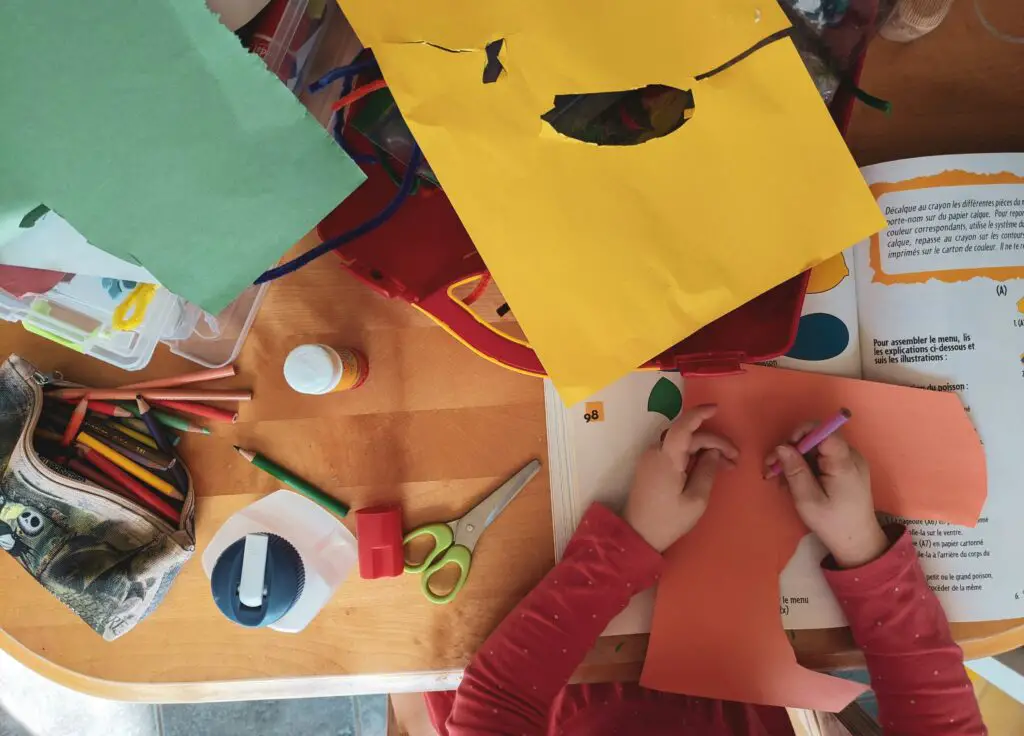This carrot drawing guide will take you step by step, showing you how to sketch the basic shape, add those unique bumps and curves, and bring it to life with shading and coloring.
Whether you’re a seasoned artist or just starting out, you’ll find this process fun and enjoyable.

Step 1: Create the Shape
Start by drawing a straight line in the middle of the page. Then, draw downwards to the left of this line, adding wiggle curves for the carrot’s bumps.
Sketch a soft “V” at the bottom to give it a pointed end like a real carrot. Connect this “V” to your starting line with another similar wiggly line to complete the basic shape of your carrot.
Step 2: Design the Top of the Carrot
To draw the top of the carrot, start by drawing a slightly curved line that resembles a lazy “C”. Then, add two small leaves that look like bunny ears to the left side of the “C”.
Draw a short line upwards between these ears and form two back-to-back uppercase “Js”. Connect the “Js” using the bottom of each “J”.
To add more leaves, draw other lines in the form of small “Ns”, “Ls”, and another “J”. These lines, connected appropriately, give a fuller and more vibrant look to your carrot.
Step 3: Draw the Leaves
Start by drawing a slightly wavy line upwards from your carrot. This is the main vein of the leaf. On either side of this vein, draw out the shapes of leaves that resemble flame or teardrop shapes, broad at the base and sharpening towards the top.
Add the leaf’s texture by drawing several diagonal lines on each side of the main vein. These imperfect lines representing leaf veins add more life to your carrot drawing.
Step 4: Incorporate Details
Add an element of realism to your carrot drawing by incorporating details and texture. Draw short and varied length lines across each side of the carrot to mimic natural grooves and indentations. You could also scatter a few dots to enhance the texture.
Step 5: Add Color and Shading
Color the body of your carrot using an orange crayon or pencil but avoid uniform coloring to display the carrot’s natural texture. Use a light green pencil for the leaves.
Now comes an exciting part – shading. It adds depth to your carrot drawing. Darken the areas under the leaves and around the bumps to give a three-dimensional feel. Blend your colors smoothly for the best effect.
Remember, art is about observation and replication, so take inspiration from a real carrot. Enjoy the process and, with practice, you’ll master the skill.


